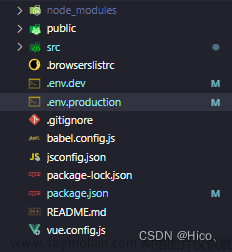background info : BIOS and UEFI-CSDN博客
-
The UEFI-based platform reads the partition table on the system storage and mounts the EFI System Partition (ESP), a VFAT partition labeled with a particular globally unique identifier (GUID). The ESP contains EFI applications such as bootloaders and utility software, stored in directories specific to software vendors. Viewed from within the Red Hat Enterprise Linux 6.9 file system, the ESP is
/boot/efi/, and EFI software provided by Red Hat is stored in/boot/efi/EFI/redhat/. -
The
/boot/efi/EFI/redhat/directory contains grub.efi, a version of GRUB compiled for the EFI firmware architecture as an EFI application. In the simplest case, the EFI boot manager selectsgrub.efias the default bootloader and reads it into memory.If the ESP contains other EFI applications, the EFI boot manager might prompt you to select an application to run, rather than load grub.efi automatically.
-
GRUB determines which operating system or kernel to start, loads it into memory, and transfers control of the machine to that operating system.
Because each vendor maintains its own directory of applications in the ESP, chain loading is not normally necessary on UEFI-based systems. The EFI boot manager can load any of the operating system bootloaders that are present in the ESP.
The following table lists the boot loaders available for each architecture:
| Architecture | Boot Loaders |
|---|---|
| AMD AMD64 | GRUB |
| IBM Power Systems | yaboot |
| IBM System z | z/IPL |
| x86 | GRUB |
# REF:
E.2.2. GRUB and the Boot Process on UEFI-based x86 Systems Red Hat Enterprise Linux 6 | Red Hat Customer Portal
How to Update Grub on Ubuntu and Other Linux Distributions (itsfoss.com)
Appendix A. An Introduction to Disk Partitions Red Hat Enterprise Linux 6 | Red Hat Customer Portal 文章来源:https://www.toymoban.com/news/detail-833259.html
文章来源地址https://www.toymoban.com/news/detail-833259.html
到了这里,关于GRUB and the Boot Process on UEFI-based x86 Systems的文章就介绍完了。如果您还想了解更多内容,请在右上角搜索TOY模板网以前的文章或继续浏览下面的相关文章,希望大家以后多多支持TOY模板网!












